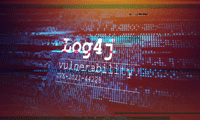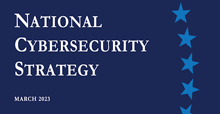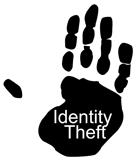In the fall of 2016, U-M released its five-year Diversity, Equity, and Inclusion strategic plan and campus-wide unit plans, which allowed DEI initiatives to be incorporated into more aspects of university planning and operations. IA is proud to actively support these efforts and has cultivated a culture of celebrating individual differences in race, ethnicity, religion, ability, gender, and sexual orientation.
Whether through our hiring practices, technological initiatives, articles, or events, IA has put the values of diversity, equity and inclusion at the core of its mission to protect the university and its community members. Here are some highlights of this work from the last twelve months:
- Upgraded MCommunity with features that offer more personalization, allowing users to add a photo, name pronunciation, and personal pronouns to their profile. The new MCommunity also comes with privacy settings to better control who can see what information. Watch this video to learn more.
- Hosted Women Make Movies screenings and conversations with the film directors in celebration of Women’s History Month in 2022 and 2023. Last spring, we watched and discussed Assia Boundaoui’s award-winning documentary The Feeling of Being Watched. In March 2023, we hosted Emmy-nominated Shalini Kantayya and talked about her film Tik,Tok. Boom.
- Organized a SUMIT keynote on securing at-risk people with Runa Sandvik, a renowned digital security expert, and Elodie Vialle, an affiliate of the Berkman Klein Center for Internet & Society at Harvard University, who was previously a Knight-Wallace Fellow at the University of Michigan. Read a summary of the event and watch the recording here.
- Authored a profile of Black women in cybersecurity in celebration of Black History Month and Women’s History Month.
- Extended offers to ten of the 37 interns in ITS. Since the start of the ITS Internship Program, IA has hired five interns as full-time employees.
In this issue of the Safe Computing Newsletter, you will meet IA’s Pat Steffes, who shares their experience as a transgender professional and U-M community member. Also, in this issue, be sure to read the In the News profile of a study on discrimination in machine-learning-based decision making.
Thank you for all of your hard work and support of diversity, equity and inclusion in our shared Information Assurance responsibility.















